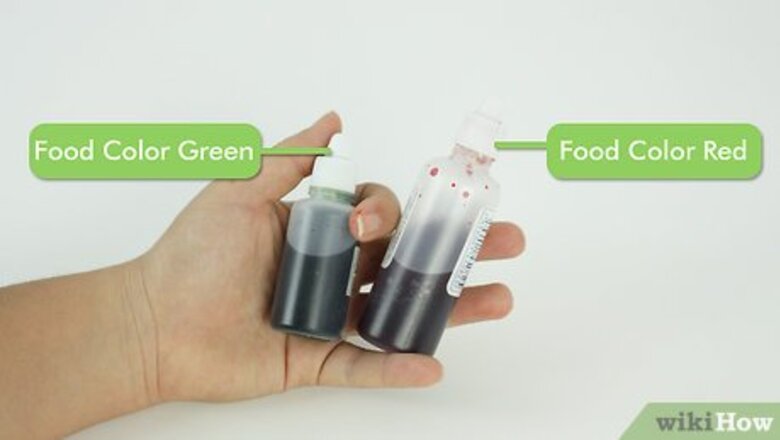
views
Mixing Food Coloring
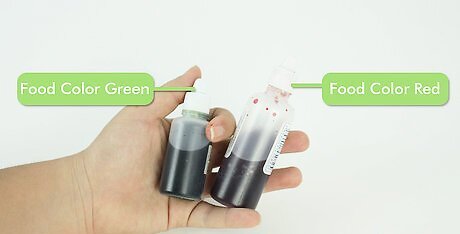
Find two colored dyes that are opposites on the color wheel. Red and green, orange and blue, or yellow and purple can all be combined to make brown. You can use liquid or gel food dye. Gel food dye is usually preferred because you don't need very much to get vivid colors.
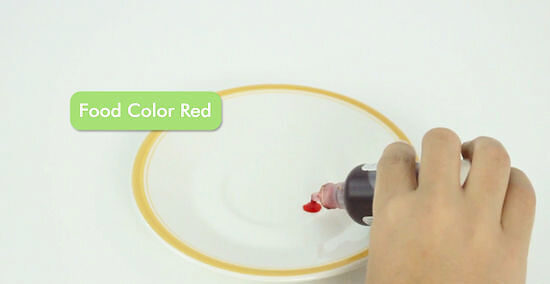
Mix the color in a 1:1 ratio. So for every 1 drop of red, add 1 drop of green. Mix your colors in a glass or stainless steel bowl. The dye can stain plastic bowls.
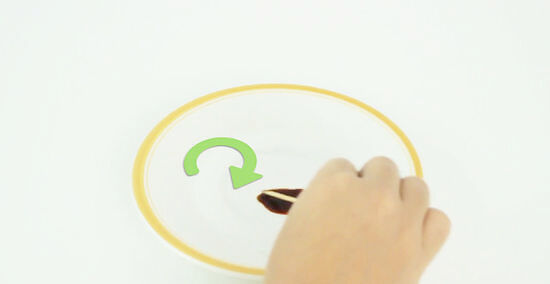
Play with the addition of colors until you reach the desired shade of brown. Mix red and yellow in a 1:10 ratio (1 drop red to 10 drops yellow) for tan. Add 1 drop blue for a darker brown. Add red or yellow if the dye looks gray or black. Add orange and green to lighten a red and green mix and make tan. Add 1 drop of black dye for a very dark brown.
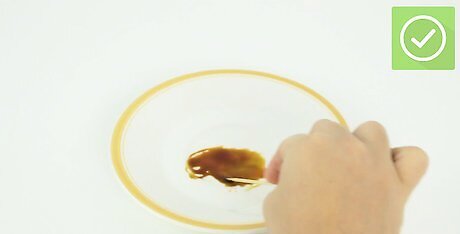
Remember that brown dye will darken as it dries. You may think you have the perfect shade of espresso brown and then find the next day that is has deepened to almost black. Mix your dye lighter than you think you want so it has room to develop. If you are dying frosting, consider making it 1-2 days ahead of time so you know the true shade you are working with. If your frosting still isn't dark enough, add a drop of black dye or more of your brown. If your frosting is too dark, add a little of the white frosting to dilute the color.
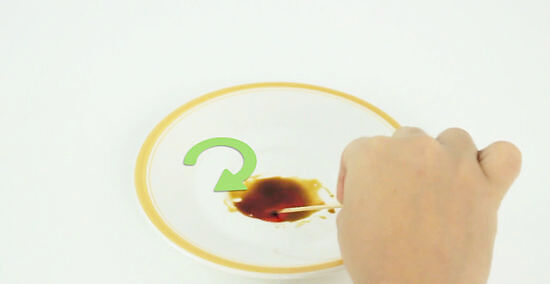
Add your dye a little at a time. It often takes a lot of brown dye to make a rich color, but you risk ruining your frosting, playdough, etc. by drowning it in liquid.
Making Natural Food Coloring
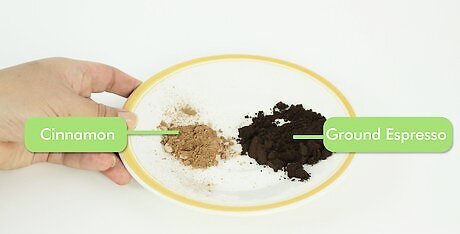
Choose your colorant. The colorant is what will provide the brown coloring for the dye. You can use ground espresso, instant coffee, cocoa powder, cinnamon, or black tea achieve brown. Remember that you may need a lot of dye to get a very dark brown, which means you will also get a stronger taste of the colorant. Cinnamon is great for light brown, but the taste might be overwhelming if you make a dark brown. Used in small amounts, you should not taste the colorant. It's ok to use a dill seed-based colorant for your buttercream if you use it very sparingly. You may not be able to get the same vivid colors with natural dye as you would with store-bought colors. Petroleum-based colors need only a few drops to add color, whereas you might need a lot of natural dye to add color. Most recipes will be ruined by the addition of too much coloring--they will taste weird or become too watery to use.
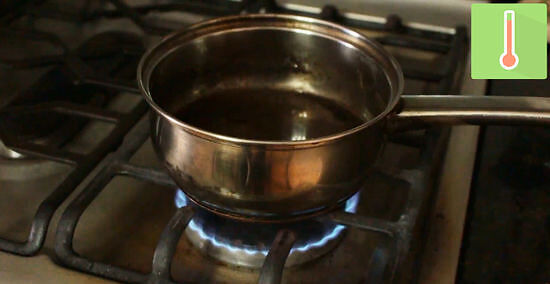
Steep colorants in water to make liquid dye. For every 1 cup of water, add 1 cup coffee, 1/2 cup cocoa, 10 tea bags, or 4 tablespoons of spice. Bring the water and colorant mixture to a boil. Boil gently or simmer between 15-30 minutes. Allow mixture to cool to room temperature. Pour mixture through a fine mesh strainer to catch any unabsorbed granules. Store in a glass or stainless steel bowl, as the dye will not stain these materials.
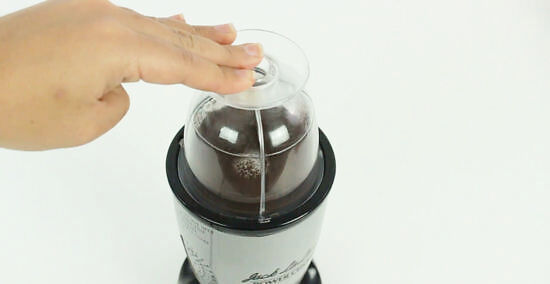
Grind colorants in a coffee or spice grinder to make a powder dye. The key to a powder dye is that it must be extremely fine. If any of your colorants are coarse (like crystals of instant coffee), grind them further until they are a powdery consistency. Powder dyes are more concentrated, so you may be able to get a darker color using less of the powder dye. Keep in mind that too much can change the flavor of whatever you are dyeing.
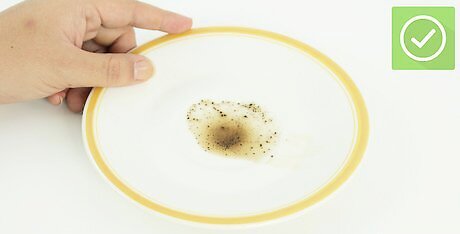
Add your dye a little at a time. Remember that too much liquid dye can ruin the texture and structure of whatever you are dyeing, especially frosting. Too much liquid or powder dye can affect the flavor, so be sure to taste as you go. Make peace with the idea that you may not get the dark, vivid color you want from natural dye. Flavor and consistency is ultimately more important than getting that perfect shade.














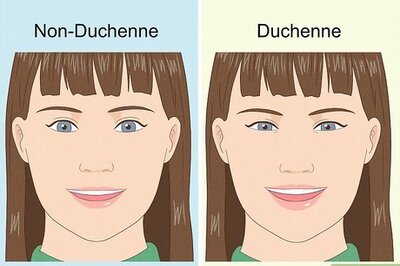


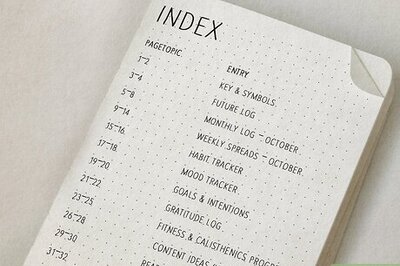


Comments
0 comment